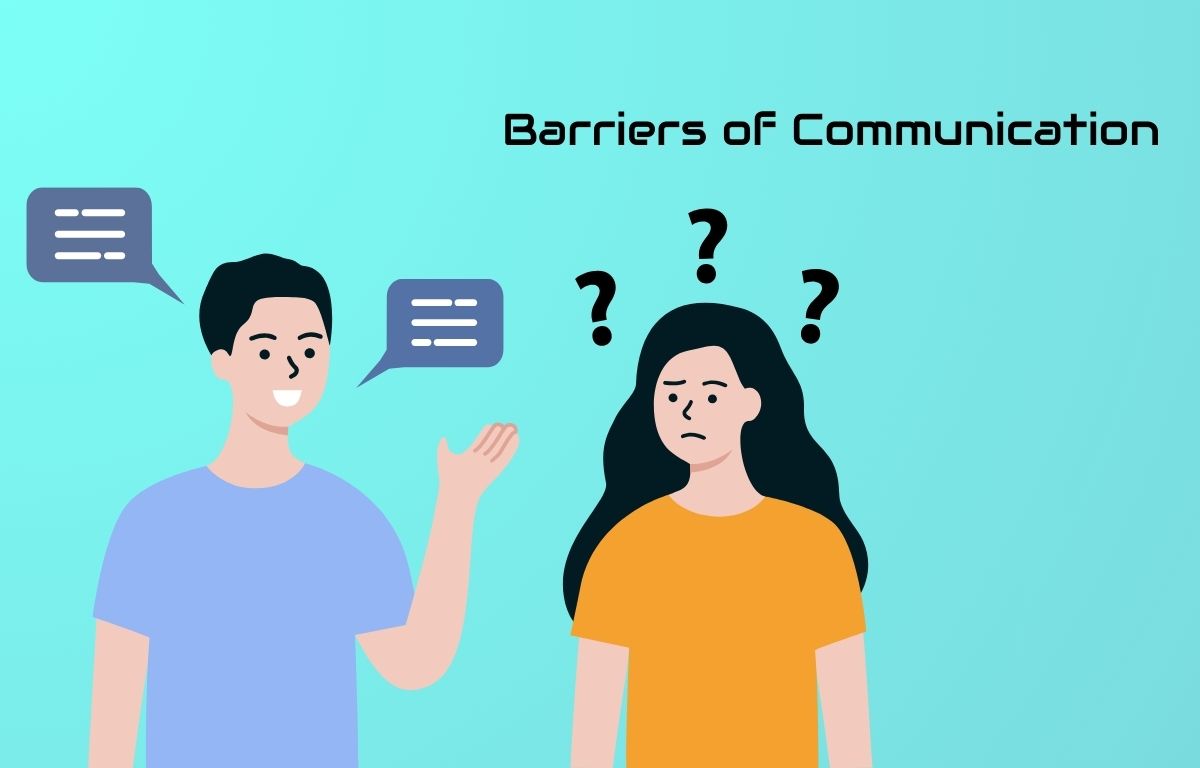Table of Contents
Communication is a day-to-day activity that everyone does in their life, whether it’s passing a signal to someone or conveying a message through a text or speech. Communication is one of the most basic yet essential knowledge that a kid learns in their life, yet there are multiple interruptions and barriers that affect communication.
The process of communication is simple yet complex as it involves the proper transmission and understanding of the message between the sender and the recipient. The sender sends a message that is to be grabbed and interpreted properly by the receiver. But is the process as simple as it looks? The answer to this question is “No” as there are multiple barriers to communication that are regularly affecting each and every message we convey.
Surprised or confused about how can such a simple task be affected. Don’t worry we have got the answer to all your doubts. This blog is a complete guide and will cover all the doubts related to the barriers of communication. Stay tuned and read the complete article.
Barriers of Communication
The barriers to communication may lead to errors in the transmission of the message, disruption, or delay in the conveying of the message. Either way, the barriers of communication are harmful and a loss to the business. In our daily routine, we encounter numerous barriers of communication that affect our communications but we never talk about the barriers of communication in real life. Therefore, in this article, we are discussing in depth the barriers of communication.
Types of Barriers to Effective Communication
Here are some of the prime barriers of communication we are going to discuss in this article:
- Semantic barriers
- Psychological barriers
- Organizational barriers
- Cultural barriers
- Physical barriers
- Physiological barriers
Semantic barriers
Semantic barriers or language barriers are caused due to the improper transmission of messages from the sender or errors from the receiver’s end. Semantic barriers arise most commonly in communication where the understanding or the level of communication between both the sender and receiver is not at an equal level. For example, if the sender is conveying a message in English language or in technical terms but the receiver has no or less understanding of these modes then he/she might face issues in interpreting the messages.
Psychological barriers
Psychological barriers play a very crucial and big role in one-to-one or personal meetings. As if mentally the sender or receiver is not able to understand or grab the message then it will lead to an error. Some of the examples of Psychological barriers are:
- Sometimes there are situations where the receiver plans premature evaluations of the message that the sender is yet to send and therefore the receiver pays less attention to the sender’s message and which creates a big gap and leads to errors in the communication
- In public meetings or public addressing when more than 1 sender is transmitting messages there are circumstances where the receiver is unable to collect or understand all the messages and will therefore lead to the communication gap between them
Organizational barriers
Organizational barriers as the name suggests is completely connected with the organizational working and cultures. In every organization, there are levels and hierarchies as per which the rules and regulations are created and transferred, similarly the messages are conveyed using these channels or levels. Therefore, sometimes these organizational structures or complexities work as barriers of communication as they block the proper communication or transmission of messages from the sender to the receiver.
Cultural barriers
Cultural barriers are those barriers that arise in the world of communication due to the existence of different cultures and traditions. Whenever there are multiple cultures, they will all possess different beliefs and understanding, one’s belief will be a sin for another and will therefore work as a barrier of communication among the cultures.
Physical barriers
Physical barriers can be somehow connected to the technological part as if there are any technological faults in a device then it won’t be transmitting the message appropriately and will become a barrier of communication. There can be multiple examples of physical barriers of communication like faulty equipment, noise, closed doors, cabins, etc.
Physiological barriers
Physiological barriers can arrive at both the sender and receiver’s sides as they are mostly related to the mental condition of individuals as there are several mental conditions that prevent an individual from making the correct choices or understanding the messages. There are conditions where individuals are unable to convey their messages or interpret them which acts as a physiological barrier to communication.
How to Overcome Barriers of Communication?
Once the barriers of communication are identified it is most important to find ways to overcome them, therefore, we have shared with you the ways to overcome barriers of communication.
- Taking the initiative to continue the conversation
- Check and ensure that the timing and place are correct for the type of conversation
- Using the language that the recipient understands is a key to smooth communication
- Understanding whether the other person wants to communicate a message or not
- Acknowledging and taking in positive manner all the complaints or comments given by the other person in response to your message.


 50+ Rhyming Words in English List, Check...
50+ Rhyming Words in English List, Check...
 Essay Writing Format for Students in Eng...
Essay Writing Format for Students in Eng...
 Essay on My Best Friend, 10 Lines, 100, ...
Essay on My Best Friend, 10 Lines, 100, ...









